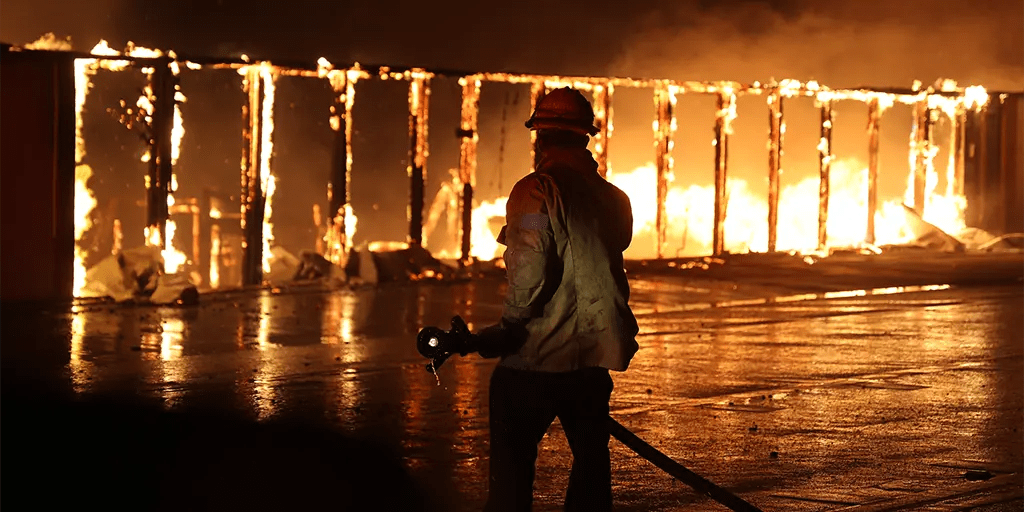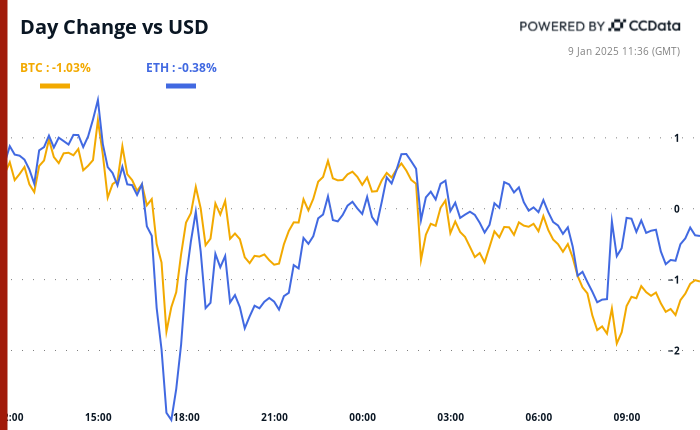In an extraordinary breakthrough, NASA’s James Webb Space Telescope has revealed a galaxy gleaming with the birth of stars, offering an unprecedented glimpse into the early stages of galaxy formation. This discovery centers around Firefly Sparkle, a galaxy that is currently forming just 600 million years after the Big Bang. This ancient cosmic time capsule is providing researchers with new insights that could drastically alter our understanding of how the Milky Way and other galaxies came into being. The observation marks a pivotal moment in the study of cosmic history, as Webb’s capabilities are allowing scientists to examine a galaxy in its infancy, offering a rare window into the processes that led to the creation of galaxies like our own.
The Firefly Sparkle galaxy is unlike anything previously observed at such an early point in the universe’s timeline. Thanks to Webb’s infrared power, astronomers have been able to peer deep into this distant formation, revealing features that are simply invisible to earlier telescopes. By leveraging the phenomenon of gravitational lensing, where a massive galaxy cluster magnifies the light from objects behind it, astronomers have been able to see Firefly Sparkle in extraordinary detail, revealing star clusters in their various stages of development. The combination of Webb’s capabilities and gravitational lensing has provided a once-in-a-lifetime opportunity to study a galaxy in the throes of formation, allowing scientists to gather data that could change the way we view the early universe.
A Rare Glimpse Into the Cosmic Dawn
The discovery of Firefly Sparkle has given astronomers a rare and valuable opportunity to explore how galaxies form during the so-called Cosmic Dawn, a period in the universe’s history when the first galaxies began to emerge from the primordial gas left over from the Big Bang. As Lamiya Mowla, a co-lead author of the study, and assistant professor at Wellesley College, explains: “I didn’t think it would be possible to resolve a galaxy that existed so early in the Universe into so many distinct components, let alone find that its mass is similar to our own galaxy’s when it was in the process of forming. There is so much going on inside this tiny galaxy, including so many different phases of star formation.” This remarkable observation supports the theory that the first galaxies were not monolithic but rather complex systems that grew and evolved over time, interacting with their surroundings in ways previously thought to be impossible.
By focusing on Firefly Sparkle, astronomers are not just looking at a distant point in space but peering into the past to see how our galaxy might have looked when it was just beginning to form. The detailed observations are allowing scientists to map out the complex processes of star formation and galactic evolution, offering vital clues about the Milky Way’s own formation. As we continue to study Firefly Sparkle, we are gradually filling in the gaps in our knowledge about the earliest stages of galaxy formation and how those early cosmic structures evolved into the galaxies we see today.
The Sparkle That Shines Through Time
What makes Firefly Sparkle so fascinating is its resemblance to a “baby Milky Way,” a nascent galaxy still in the process of growing and evolving. Unlike many galaxies from this period, which are massive and mature, Firefly Sparkle is relatively light in mass, which provides a more accurate comparison to the early stages of our own galaxy. This discovery challenges many existing expectations about how galaxies evolve and reshapes the narrative of galaxy formation. As Dr. Kartheik Iyer, a co-lead author and NASA Hubble Fellow at Columbia University, highlights, “We knew to expect it based on current physics, but it’s surprising that we actually saw it.” This “baby” galaxy is offering a unique perspective on the type of growth that eventually leads to the formation of fully mature galaxies like the Milky Way.
The name Firefly Sparkle was chosen to reflect the galaxy’s dazzling display of star clusters, a feature that makes this discovery so visually and scientifically remarkable. Each of the star clusters within the galaxy is in a different stage of formation, which is a stark contrast to the commonly observed process of star formation occurring all at once in other galaxies. This staggered star formation within Firefly Sparkle is helping scientists understand how star clusters evolve over time and how they may eventually merge into larger galactic structures.


Illustration: NASA, ESA, CSA, Ralf Crawford (STScI). Science: Lamiya Mowla (Wellesley College), Guillaume Desprez (Saint Mary’s University)
Star Clusters Revealed in Stunning Detail
One of the most stunning aspects of the Firefly Sparkle discovery is the detailed observation of ten separate star clusters, each of which is at a different stage of stellar birth. These clusters are emitting light in a spectrum of colors, with some appearing as bright blue, others red, and some faintly glowing in between, reflecting their varying ages and evolutionary phases. Webb’s powerful infrared capabilities were able to resolve these distinct clusters, offering an unprecedented view of star formation across a range of developmental stages. As Chris Willott, a researcher from the National Research Council of Canada’s Herzberg Astronomy and Astrophysics Research Centre, remarks, “Each clump of stars is undergoing a different phase of formation or evolution.”
This discovery not only reveals the complex processes at play within Firefly Sparkle but also provides an essential glimpse into the early days of galactic evolution. The fact that these star clusters are forming at different times suggests that the galaxy itself is undergoing a dynamic and varied process of growth. Unlike some previous theories that suggested star formation happened in a singular burst, Firefly Sparkle seems to be building its stellar population more gradually, with different parts of the galaxy giving birth to stars at different times. This finding may help to better explain how galaxies develop over time and how their stellar populations evolve.
Gravitational Lensing: Nature’s Cosmic Magnifying Glass
An essential component of this discovery is the phenomenon of gravitational lensing, a natural optical effect where the gravitational field of a massive object bends the path of light, magnifying distant objects behind it. The Firefly Sparkle galaxy is positioned behind a massive galaxy cluster, which acts as a cosmic magnifying glass, allowing astronomers to observe the distant galaxy in much greater detail than would otherwise be possible. Without the gravitational lens, the light from Firefly Sparkle would be far too faint for Webb to detect with the same level of clarity. The lensing effect enhances the faint light emitted by the galaxy, revealing star clusters and other features that would otherwise remain hidden.
The combination of Webb’s technology and the gravitational lens has opened a new chapter in astronomical research, enabling scientists to study the most distant galaxies with unprecedented precision. This powerful combination not only sheds light on Firefly Sparkle but will likely aid in the study of countless other galaxies that are similarly distant and faint.
The Future of Firefly Sparkle: Will It Merge With Neighbors?
While Firefly Sparkle is an intriguing discovery on its own, it’s not alone in its corner of the universe. Two smaller galaxies are located relatively close to Firefly Sparkle, separated by just 6,500 and 42,000 light-years. These galaxies may have a significant impact on Firefly Sparkle’s evolution, as gravitational interactions or mergers between galaxies are thought to play a key role in shaping galactic growth. Whether Firefly Sparkle will eventually merge with one of these neighboring galaxies remains to be seen, but the proximity of these smaller galaxies raises important questions about how galaxies grow and evolve over time.
As Yoshihisa Asada, a co-author and doctoral student at Kyoto University, suggests: “It has long been predicted that galaxies in the early Universe form through successive interactions and mergers with other tinier galaxies. We might be witnessing this process in action.”









Leave a Comment